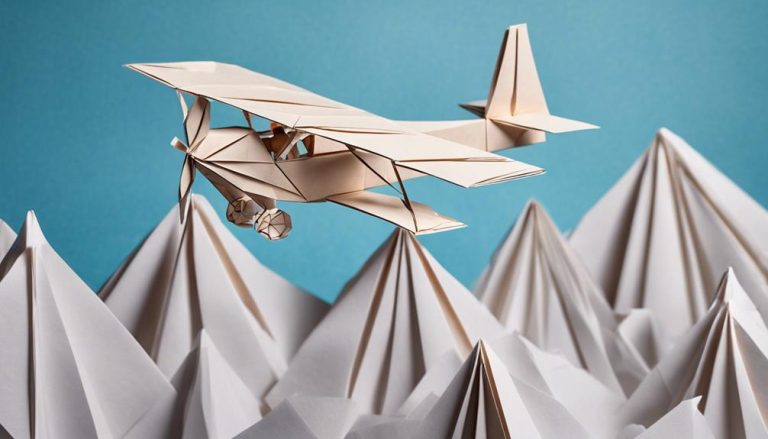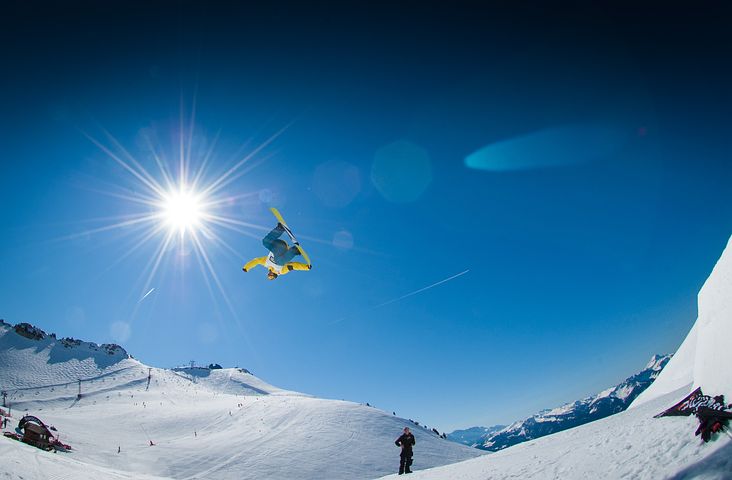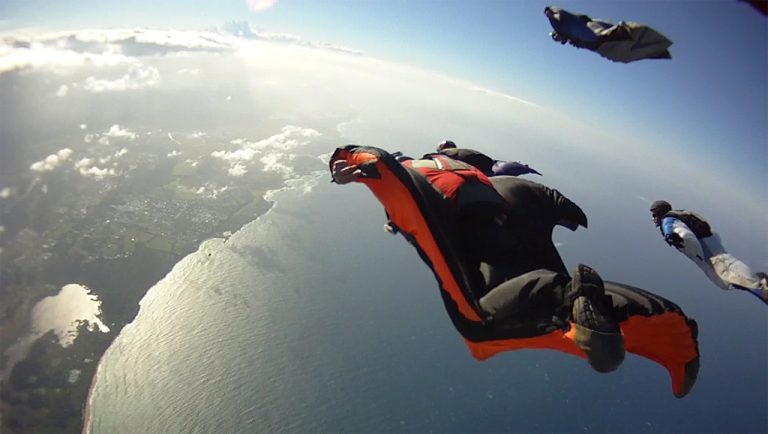General Rules of Hot Air Ballooning
Get ready for a safe hot air balloon adventure by examining equipment and understanding emergency procedures. Keep an eye on wind and cloud conditions for a smooth flight. Adhere to seating etiquette and pay close attention to the pilot. Follow landing protocols, adjust elevation, and cooperate with the ground crew. Always prioritize safety checks, communication, and regulatory compliance. Master balloon control and decision-making skills. Maintain equipment regularly for peak performance. These guidelines guarantee a secure and enjoyable experience in the sky.
Safety Precautions
Before starting on a journey in a hot air balloon, it is essential to follow strict safety precautions to guarantee a safe and enjoyable experience. Starting with equipment inspection, make sure that all components are in top condition. Check the balloon envelope for any tears, the burners for proper functioning, and the basket for any damage. It is important to assess the fuel levels and have a backup tank ready. Emergency response procedures must be clearly understood by all passengers. Familiarize yourself with the location of the emergency kit, including a first aid kit, fire extinguisher, and communication devices. In case of an emergency landing, passengers should know the recommended safety positions and how to brace themselves. Regular safety briefings are essential to ensure everyone is prepared. These precautions are not meant to instill fear but to empower you with the knowledge needed for a safe and enjoyable hot air balloon experience.
Weather Monitoring
To guarantee a safe hot air ballooning experience, carefully monitoring the weather conditions is essential. Before takeoff, make sure that all equipment is well-maintained. Check communication devices to stay updated on any weather changes. Pay close attention to wind speed and direction, as they directly impact the balloon's flight path. Sudden changes in wind speed can be dangerous, so constant monitoring is crucial.
Cloud cover is another important factor to consider. Low-hanging clouds or fog can obstruct visibility, making it challenging to navigate safely. Monitoring cloud cover helps in planning a smooth and clear flight path.
Regular weather updates are necessary during the flight to ensure the safety of everyone on board. Effective communication with ground crew and other balloons is vital for sharing important weather-related information.
Passenger Etiquette
When it comes to hot air ballooning, safety guidelines for passengers are important to follow. Proper seating arrangements play a key role in maintaining the balance and stability of the balloon. Effective communication with the pilot is essential for a smooth and enjoyable flight experience.
Safety Guidelines for Passengers
As a passenger in a hot air balloon, it is essential to adhere to specific safety guidelines and maintain proper etiquette throughout the flight. Ensuring passenger comfort and a delightful experience involves following these key safety guidelines:
- Stay Seated: Remain seated during take-off and landing to prevent any imbalance that could affect the balloon's stability.
- Listen Attentively: Pay close attention to the pilot's instructions regarding safety protocols and emergency procedures.
- Respect Scenic Views: Avoid obstructing the view of other passengers by moving slowly and refraining from sudden movements that could disrupt the serene experience of enjoying the beautiful landscapes below.
Adhering to these safety guidelines will not only enhance your own experience but also contribute to a safe and enjoyable journey for everyone on board.
Proper Seating Arrangements
Proper seating arrangements in a hot air balloon are essential for maintaining balance and ensuring a safe and enjoyable flight experience for all passengers. When it comes to seating comfort, try to position yourself where you have a good view angle, allowing you to fully appreciate the beauty of the landscape below. Weight distribution is vital for the stability of the balloon, so follow any instructions from the pilot regarding seating positions. Consider implementing a buddy system where heavier passengers are seated opposite lighter ones to evenly distribute weight. This strategy helps the pilot manage the balloon more effectively. By adhering to these seating guidelines, you contribute to a smoother and more pleasant hot air balloon adventure for everyone on board.
Communication With Pilot
How can passengers effectively communicate with the pilot during a hot air balloon ride to guarantee a smooth and coordinated flight experience? Here are some essential tips for seamless communication:
- Communication Signals: Familiarize yourself with basic communication signals like hand gestures or verbal cues that the pilot may use to coordinate movements during the flight.
- Passenger Expectations: Understand your role as a passenger and set realistic expectations regarding your involvement in balloon control. Trust the pilot's expertise in managing the flight dynamics.
- Balloon Control: Respect the pilot's authority in making decisions related to balloon control. Avoid sudden movements or distractions that could interfere with the pilot's operational focus.
Pilot Instructions
To effectively operate a hot air balloon, you must meticulously follow the pilot instructions provided. Before takeoff, make sure the pre-flight checklist is completed diligently. This checklist includes examining the balloon's envelope for any tears or damage, checking the burners for proper functioning, and verifying the basket and ropes are secure. Understanding balloon navigation is vital for a safe flight. The pilot will instruct you on how to control the balloon's altitude by adjusting the heat in the envelope and changing directions by finding winds at different altitudes.
| Pilot Instructions | Details | Importance |
|---|---|---|
| Follow checklist | Ensure safety measures | Ensures safe takeoff |
| Monitor balloon systems | Check burner functionality | Prevents mid-air issues |
| Communicate effectively | Coordinate with pilot | Enhances flight precision |
Following these pilot instructions is essential for a successful and enjoyable hot air balloon experience. Remember, clear communication and attentiveness are key elements in ensuring a smooth and safe flight.
Emergency Procedures
When faced with unexpected situations during a hot air balloon flight, understanding and swiftly executing emergency procedures are imperative for ensuring the safety of all onboard. Here are some key points to contemplate:
- Emergency Drills: It is essential for the pilot and crew to conduct regular emergency drills to prepare for unforeseen events such as sudden changes in weather or technical malfunctions. Practicing these procedures guarantees a coordinated response in times of crisis.
- Communication: Clear and effective communication is crucial during emergencies. The pilot should provide concise instructions to the passengers on safety protocols and actions to be taken. Open lines of communication between the pilot, crew, and passengers help in managing the situation efficiently.
- Crisis Management and Passenger Comfort: In times of crisis, the pilot's ability to remain calm and make quick decisions is vital. Ensuring the comfort and reassurance of passengers during emergencies can help maintain a sense of control and safety within the balloon.
Landing Protocol
During a hot air balloon flight, adherence to proper landing protocol is essential for a safe and controlled descent. Landing techniques play a vital role in ensuring a smooth touchdown. When preparing to land, pilots must consider wind factors such as speed and direction to determine the best approach. Adjusting the balloon's altitude and using the burner to catch favorable winds can help in guiding the descent towards the desired landing spot.
Ground crew coordination is key during the landing phase. Effective communication between the pilot and the ground crew helps in coordinating the landing process smoothly. The ground crew assists by providing information on local wind patterns and obstacles that may affect the landing. Their guidance is invaluable in executing a successful touchdown strategy.
As the balloon nears the ground, the pilot must carefully assess the landing area for any potential hazards. Maintaining control of the balloon's descent speed and angle is crucial for a safe landing. By following proper landing protocol, including utilizing appropriate landing techniques and working closely with the ground crew, a successful landing can be achieved, ensuring a safe conclusion to the hot air balloon flight.
Frequently Asked Questions
Can Hot Air Balloons Fly in the Rain?
Yes, hot air balloons can fly in light rain, but it's not recommended due to safety concerns. Rain can affect visibility and cause the balloon to become heavier. Pilots may impose flight restrictions based on weather conditions for safety reasons.
How Do Hot Air Balloon Pilots Navigate During a Flight?
So, how do hot air balloon pilots navigate up there? They rely on wind patterns, landmarks, and nifty navigation tools. By studying the skies and using their trusty compasses, they glide through the air with ease.
Are There Weight Restrictions for Passengers on a Hot Air Balloon?
Indeed, weight limits are essential for hot air balloon safety. Passengers must follow restrictions to uphold balance and prevent overloading. Safety precautions are paramount to guarantee a smooth and secure flight experience for everyone.
How Long Do Hot Air Balloon Rides Typically Last?
Want to soar longer? Hot air balloon rides typically last 45 minutes to 1 hour, but special sunset views or romantic date packages can extend your journey. Enjoy the skies longer with unforgettable experiences.
What Should I Wear for a Hot Air Balloon Ride?
For a hot air balloon ride, you should wear layers of clothing for changing temperatures. Consider weather conditions like wind and sun exposure. Opt for comfortable, closed-toe shoes. Remember, dressing appropriately guarantees a pleasant and safe experience.






